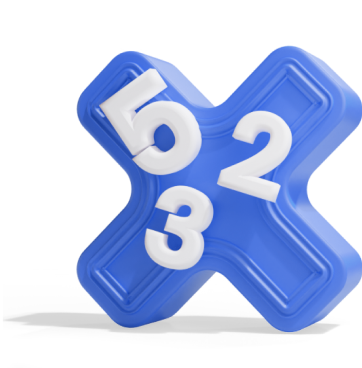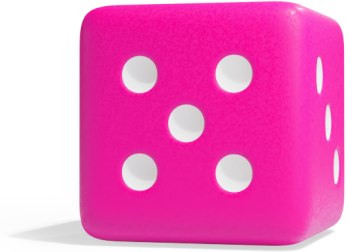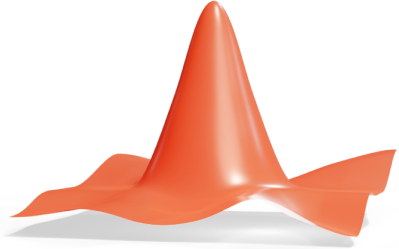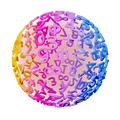12th Grade
How do you multiply a matrix by a vector?
{
"voice_prompt": "Pause briefly between single letters like A, v, P, and u.",
"manuscript": {
"title": {
"text": "How do you Multiply a Matrix by a Vector",
"audio": "How do you Multiply a Matrix by a Vector"
},
"description": {
"text": "To multiply a matrix by a vector, you treat the vector as a matrix with one column. The number of columns in the matrix must match the number of rows in the vector.",
"audio": "To multiply a matrix by a vector, you treat the vector as a matrix with one column. The number of columns in the matrix must match the number of rows in the vector."
},
"scenes": [
{
"text": "If A, is an m-by-n matrix and v is an n-by-1 column vector, then the product A, times v is an m-by-1 vector. A column vector is just a matrix with one column, so the rules for matrix multiplication still apply.",
"latex": "A_{m \\times n} \\times \\mathbf{v}_{n \\times 1} = \\mathbf{c}_{m \\times 1}"
},
{
"text": "To compute the product, you take the dot product of each row in matrix A, with the column vector v. This means you multiply each element in the row by the matching element in the vector, then add the results.",
"latex": "A = \\begin{bmatrix} a & b \\\\ c & d \\end{bmatrix}, \\mathbf{v} = \\begin{bmatrix} x \\\\ y \\end{bmatrix}"
},
{
"text": "For this general example, the resulting vector would have a top element of 'a x plus b y', and a bottom element of 'c x plus d y'.",
"latex": "A\\mathbf{v} = \\begin{bmatrix} ax + by \\\\ cx + dy \\end{bmatrix}"
},
{
"text": "For a numerical example, take matrix A, with elements three, seven, two, and five, and vector v, with elements four and six.",
"latex": "A = \\begin{bmatrix} 3 & 7 \\\\ 2 & 5 \\end{bmatrix}, \\mathbf{v} = \\begin{bmatrix} 4 \\\\ 6 \\end{bmatrix}"
},
{
"text": "To find the resulting vector, you first multiply the top row of A, by v: three times four is twelve, and seven times six is forty-two. Add them together and you get fifty-four. Then you multiply the bottom row of A, by v: two times four is eight, and five times six is thirty. Add them together and you get thirty-eight.",
"latex": "A\\mathbf{v} = \\begin{bmatrix} 3\\times 4 + 7\\times 6 \\\\ 2\\times 4 + 5\\times 6 \\end{bmatrix} = \\begin{bmatrix} 54 \\\\ 38 \\end{bmatrix}"
},
{
"text": "This also works with different dimensions. Here, P is a 3-by-2 matrix and u is a 2-by-1 vector. Since P has two columns and u has two rows, you can multiply them.",
"latex": "P = \\begin{bmatrix} 1 & 0 \\\\ 2 & -1 \\\\ 0 & 3 \\end{bmatrix}, \\mathbf{u} = \\begin{bmatrix} 2 \\\\ 1 \\end{bmatrix}"
},
{
"text": "The result is a 3-by-1 vector. The first row gives two, the second row gives three, and the third row gives three.",
"latex": "P\\mathbf{u} = \\begin{bmatrix} 1 \\times 2 + 0 \\times 1 \\\\ 2 \\times 2 + (-1) \\times 1 \\\\ 0 \\times 2 + 3 \\times 1 \\end{bmatrix} = \\begin{bmatrix} 2 \\\\ 3 \\\\ 3 \\end{bmatrix}"
},
{
"text": "Multiplying a matrix by a vector is a fundamental operation. It's used to apply geometric transformations like rotating points, and to represent systems of equations like A x equals b.",
"latex": "A\\mathbf{x} = \\mathbf{b}"
}
],
"outro": {
"text": "Multiplying a matrix by a vector follows the same row-by-column logic as matrix multiplication. The key rule is matching the columns of the matrix to the rows of the vector.",
"audio": "Multiplying a matrix by a vector follows the same row-by-column logic as matrix multiplication. The key rule is matching the columns of the matrix to the rows of the vector."
}
}
}
en_12_alg_mult_vector_by_matrix(12.06).jsonOpen with Text Editor Share
Displaying en_12_alg_mult_vector_by_matrix(12.06).json.














